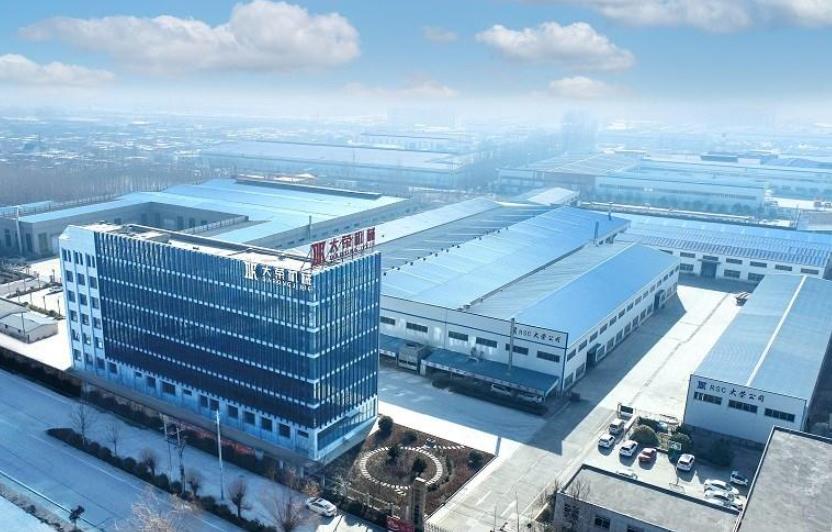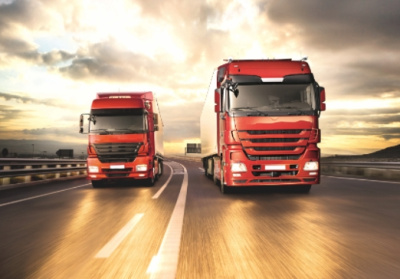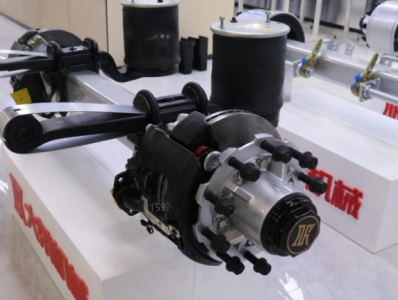Container semi-trailer and van semi-trailer
In the port, route, highway, transit station, bridge, tunnel logistics system, there is a common model - container trailer, its large volume, large transport volume, high transport efficiency, it is usually used semi-hung, full-hung or double-hung, mostly to semi-hung, semi-hung can be divided into plate type or skeleton type, belongs to a special semi-trailer.
Different from other semitrailers, container semitrailers are mainly used to transport containers. From the delivery warehouse, the container loaded with goods is directly loaded onto the trailer, and the cargo is transported to the harvest warehouse to unload. In the middle, if the vehicle and ship need to be replaced, only the container can be moved, and there is no need to unload or load the goods scattered. Direct loading from one means of transport to another means of transport can greatly improve efficiency, at the same time, but also conducive to the filling and unloading of goods, to meet the personalized needs of customers, stable quality, reliable performance.
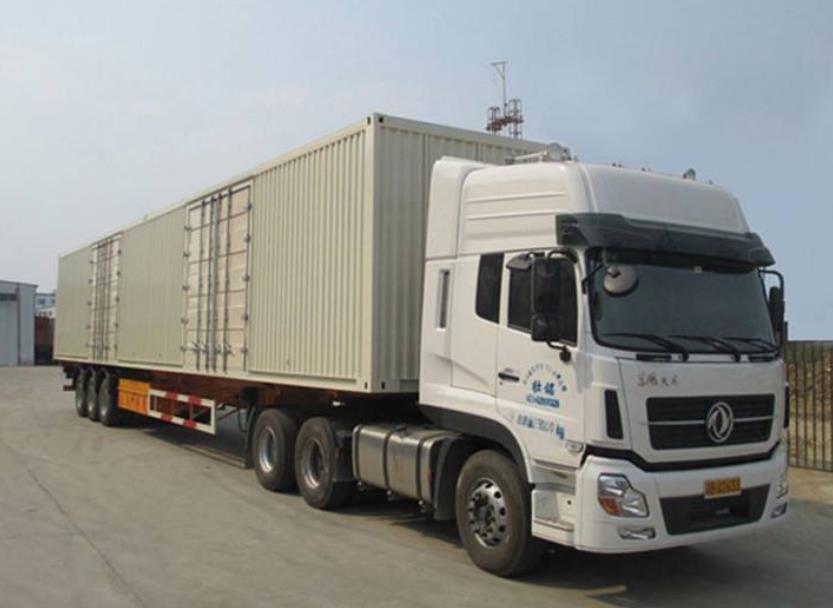
In the semi-trailer, there is another type of vehicle - van semi-trailer, then, container semi-trailer and van semi-trailer is the same type of vehicle?
Answer: Not the same model. Although these two semi-trailers are equipped with cargo compartments, both can be used to transport goods, and the names are very different, but there are still some differences:
1. Different structural design.
The cargo box of container semi-trailer belongs to the category of goods and is integrated with the goods. Its body is only a frame, and the cargo box can be unloaded together when unloading. The cargo box of the van semi trailer belongs to the category of the body. The goods are only loaded in the cargo box, and the goods need to be removed from the cargo box scattered when unloading.
2. Different length limits.
According to relevant regulations, the limit length of container semi-trailer is 13.95 meters, which mainly takes into account the length of containers. For example, the length of a semi-trailer capable of transporting a 45-foot container is 13.95 meters. The limit length of the van semi trailer is 13.75 meters.
3. Different uses.
The container semi-trailer is specially used for transporting special goods such as containers and dangerous goods tanks. The van semi-trailer is mainly used for transporting household appliances, light textile goods, coal, sand and other building materials or drawing goods.
4. Different loading capacity.
Generally speaking, the cargo load of container semi trailers is larger than that of van semi trailers.
5. Different safety performance.
The safety performance of semi-trailer is closely related to many factors, but if only from the structure of the vehicle, because the carriage of the container semi-trailer and the body are not integrated, it is connected by a special locking structure. If the car is fully loaded, it is easy to cause damage to the cargo compartment, and even the cargo compartment rushes to the cab, threatening the safety of personnel.
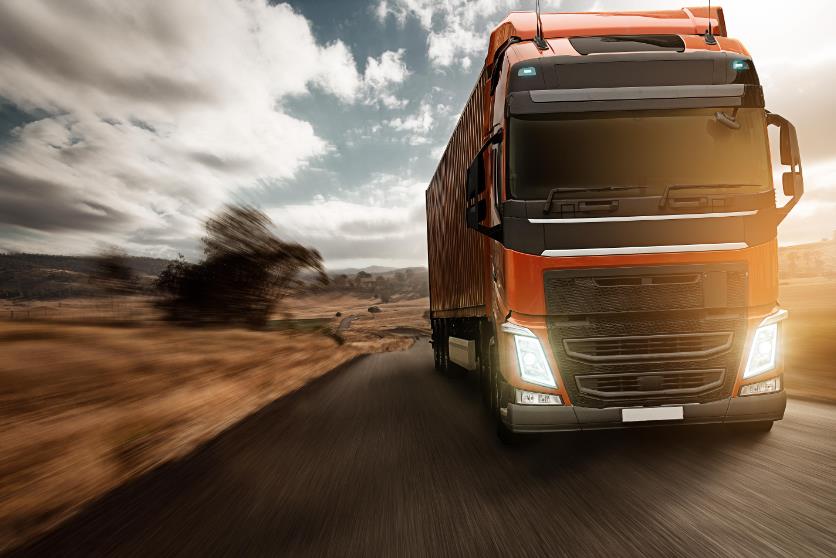
For the owner, which model is better, need to consider a variety of factors, such as: their loading of the type of goods, cargo weight, often walk the road conditions, car budget, and so on, only in line with their own needs, is the right model.
Whether it is container semi-trailer or van semi-trailer, the selection of axle is very important. As a key component related to the bearing, braking and driving of the vehicle on the trailer chassis, the strength, toughness, durability and other performance of the trailer axle must be strictly up to standard. DARO Group is the first enterprise in Liangshan special vehicle production base to mass-produce all-in-one trailer axles. It has accumulated 20 years of production experience, and its technology and strength rank among the forefront of the industry. DARO's trailer axle body and shaft head are polished and formed on the same high-strength alloy steel pipe, which is superior to welding shaft head in heavy-duty performance. There are 15 production processes, such as hot spinning rolling at 1300℃, medium frequency quenching at 865℃, heat preservation treatment at 480℃ and precision grinding, which are strictly in line with industry standards. With online + offline double quality inspection, product quality is strictly up to standard. Fully meet the needs of users.
